Leading change
Unisa Art Gallery exhibition reflects on SA's struggles
The month of May marked a celebration of freedom and liberation throughout various activities in different countries on the African continent. Therefore, each year the Department of Arts and Culture introduces a theme on which each Africa Month celebration should be grounded. This year’s theme is The year of OR Tambo: Building a better Africa and a better world.
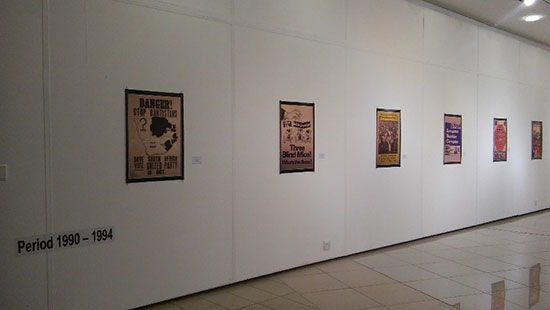
Pictured are some of the posters on display at the Africa Month Unisa Art Gallery exhibition which runs until 12 July 2017.
The issue of building a new Africa and a new world is a demanding effort that requires a necessary ending of the old and the birth of the new world. Throughout the colonial history of Africa, it is evident that this transformation of the old into a new world demanded disruption of the systems and blood loss. The transformation of the old world into a new world meant having to come up with creative ways of mobilising and challenging the system. The system that was challenged and is still challenged is the same system that forced Africa to have a reactional reason to celebrate its freedom and liberation.
While the rest of the European world seems to celebrate Africa Day through systematic deceit and the looting of African resources, it is still a daunting feeling to think about the work that needs to be done in order to place Africa and the rest of the world in a better space. Our history is full of evidence of resistance and a decolonisation movement which attempts to create a better Africa and a better world.
The current exhibition at the Unisa Art Gallery on Muckleneuk Campus, entitled A reflection on South Africa, struggles to come to grip with its young democracy, opened on 25 May 2017 as part of the celebration of Africa Month. The exhibition presents political and election posters dating back from 1994 till beyond the first election in South Africa. The posters were created under harsh conditions during the time the oppressed had no right and infrastructure to speak and act against the apartheid system.
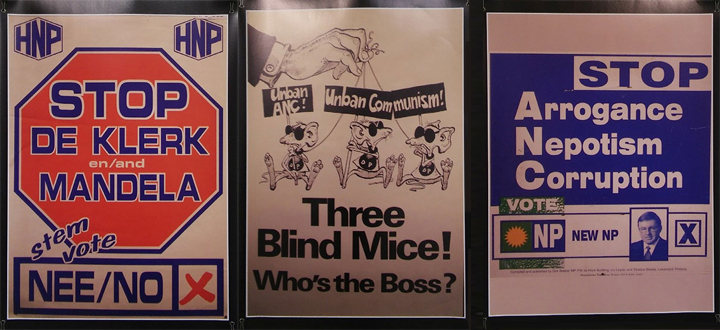
Artists and activists were forced to come together with creative ways to communicate against the unjust and inhumanness of the apartheid system. Artists used a technique of printmaking to create posters that had political massages to push the apartheid government to a more humane system. In the cause of this struggle and resistance against apartheid many artists and activists lost their lives in the fight for a better life.
This exhibition is a good point of reflection today, especially if we are still attempting to continue to build that new world. The posters portray where we come from and where we are, which bring us to the question: where are we going?
The exhibition is divided in timeframes and themes that help to paint a picture and assist the viewer to have a better experience of viewing the South African history in posters. The posters intrigue the viewer to notice the evolution of slogans and the use of crowds to single portraits of political figures. It becomes fascinating to see how posters and media were utilised as a tool to mobilise the massages of resistance and to create a political imagery that is now adopted to market the political parties towards elections.
The Unisa Art Gallery is hosting this exhibition with the poster collections from the Unisa Archives to bring us some parts of our collective memory that we sometimes remember differently. The exhibition was opened by Judy Seidman, a printmaker who contributed to the struggle against apartheid with her printmaking techniques, and the author of Red on black: The story of the South African poster movement. The exhibition runs until 12 July 2017.
*By Zingisa Nkosinkulu
Publish date: 2017-06-02 00:00:00.0


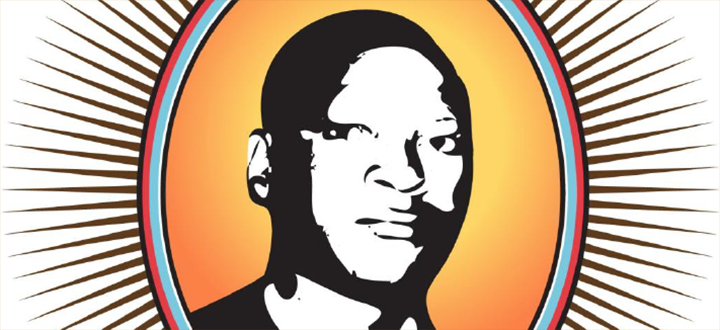 Unisa honours Dr OK Matsepe's enduring legacy
Unisa honours Dr OK Matsepe's enduring legacy
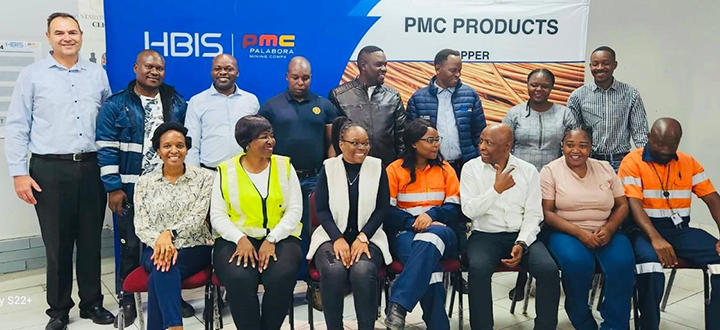 Great strides towards concretising Unisa-PMC partnership
Great strides towards concretising Unisa-PMC partnership
 Mental health among men in the workplace needs more attention
Mental health among men in the workplace needs more attention
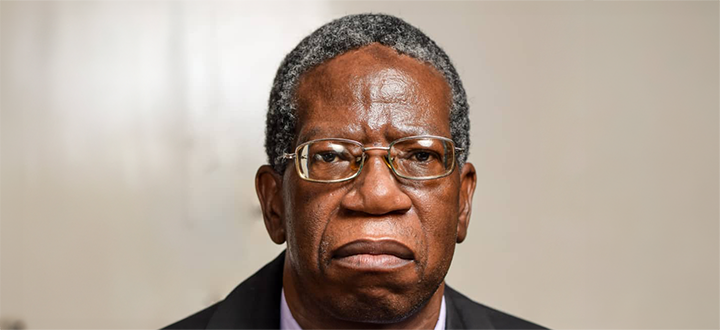 "I owe everything to Unisa and my late supervisor's priceless mentoring"
"I owe everything to Unisa and my late supervisor's priceless mentoring"
 Majikijela - a queer scholar raising homosexuality awareness through his work
Majikijela - a queer scholar raising homosexuality awareness through his work